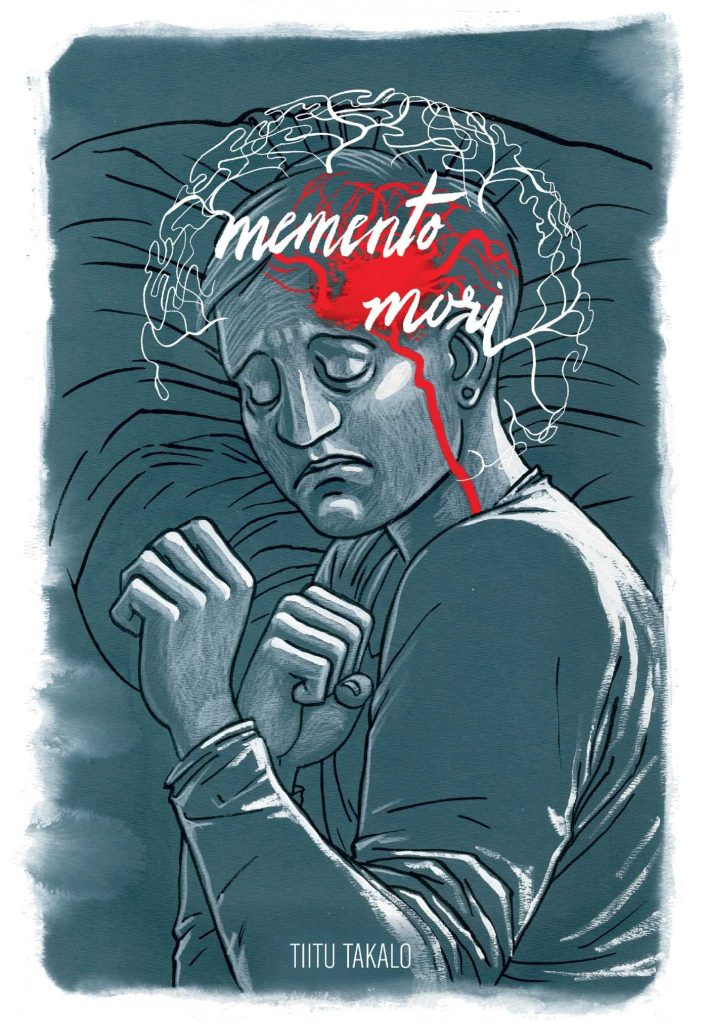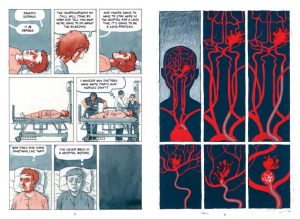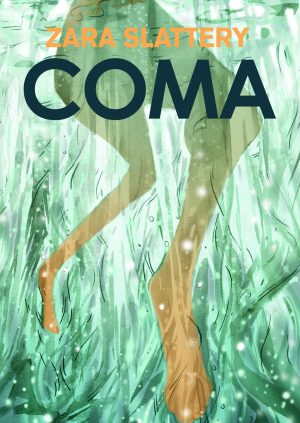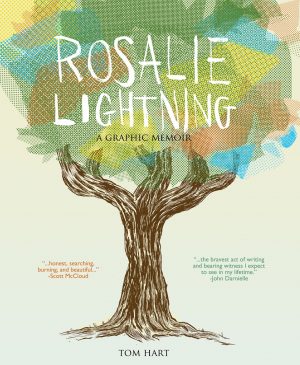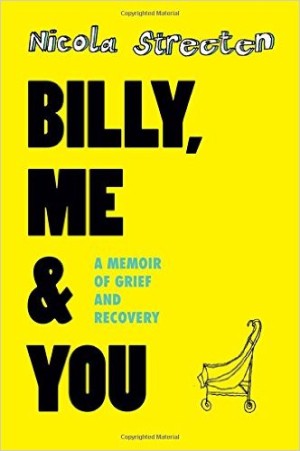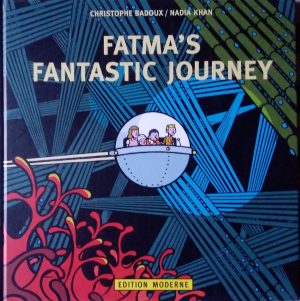Review by Frank Plowright
The Latin term Memento Mori translates as a reminder of death, which aptly covers the experiences of Finnish artist Tiitu Takolo after suffering a cerebral haemorrhage in 2014. A vein bursting in the brain isn’t an event anyone expects, let alone in their late thirties, despite, as we learn, being a Finnish woman raising the odds. Yet there being a graphic novel indicates survival, which even in developed countries is only fifty/fifty. Survivors can have personality, movement and cognition changes along with memory loss. Every person’s experience is different.
After her recovery Takolo began serialising her experiences as a blog, and the chronological progression indicates what a steep learning curve it is from her seeming mild curiosity on being admitted to hospital to the realisation hitting. The result is a remarkable insight into life-saving processes, and the sheer difficulty of carrying out normal tasks for so long after treatment. The presumption is the techniques occurring in Finland apply in essence anywhere else, and while explained and logical, they’ll still surprise. It’s procedure, for instance, that anyone who has a cerebral haemorrhage is monitored by having a light shone in their eyes and being asked the same questions every hour to ensure cognition remains. Sleep is interrupted to ensure there’s been no decline.
At over two hundred pages this is a long graphic novel, but never feels its length due to Takolo constantly holding the reader’s interest whether with medical explanations or her feelings and reactions. This is accompanied by memorable artwork encapsulating clever visual metaphors covering a range of emotions, some very distressing. How many of us will ever go under anaesthetic wondering if it’s the end of life? That’s a deeply affecting page. Overall the art is simple, but expressive, while variety is ensured in scenes confined to limited areas, including an intelligent use of colour to reflect mood. While shades of greyish blue are the primary colours, vivid red is used on more abstracted pages of blood circulating.
A bursting of one aneurysm caused the initial condition, yet a further couple are discovered and also require treatment, but this is more than just a medical journal. Takolo reflects on the contrasts with her previous life, an example being the times during a hectic work schedule when she fantasised about being able to lie in bed while others waited on her hand and foot. The reality is very different, and further shocks await when statistics are discovered, this via online research instead of medical consultation.
Anxiety, exhaustion, lack of focus and the personal value of one’s life are considered along with earlier afflictions, building a fully rounded impression of just what survival entails. Memento Mori becomes ever more unflinchingly honest, and that honesty engenders sympathy and also pity in what is a harrowing journey, yet as is pointed out, Takolo’s very survival makes her one of the lucky ones. That’s the message to take home, as no matter how grim the circumstances, two-thirds of people experiencing cerebral haemorrhage don’t live beyond five years.
Memento Mori is a powerful story extremely well told, an affecting and life-affirming testament to personal bravery in the face of chance.
